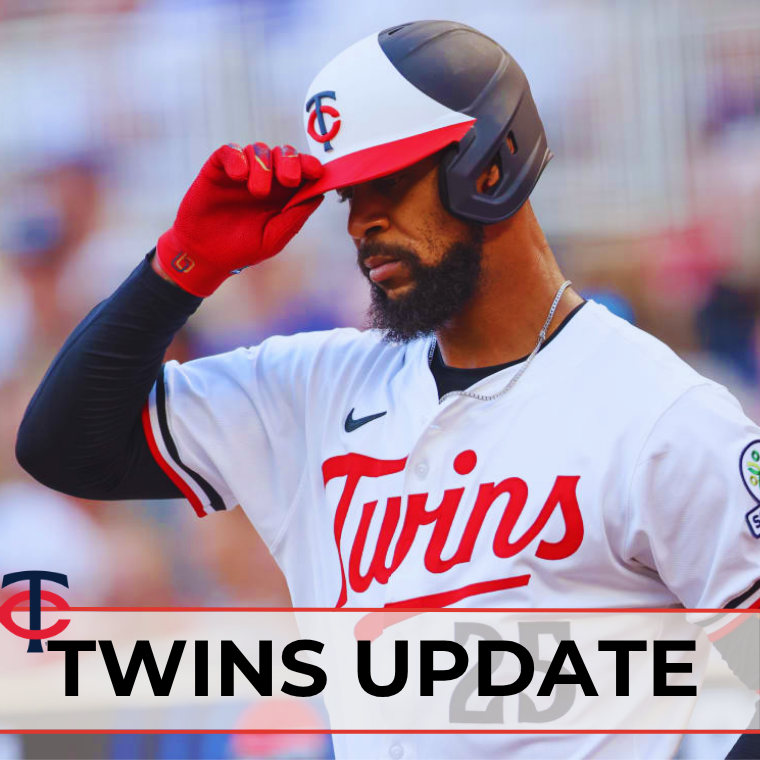Religions with Central Authority: How Hierarchical Control Shapes Faith and Society
Introduction: Understanding Centralized Religious Authority
Religions in which a central authority exercises a high degree of control have shaped societies, politics, and personal lives for centuries. Unlike faiths with decentralized structures, these religions often feature a governing body or singular leader who defines doctrine, arbitrates disputes, and interacts with political powers. This structure can affect not only the beliefs and practices of adherents but also the broader legal and cultural framework within which the religion operates. Understanding how such authority is established, maintained, and challenged is crucial for anyone seeking insight into religious governance or considering engagement with faith communities of this kind.
Defining Centralized Religious Authority
A religion with a central authority is typically characterized by a formalized hierarchy and an institutional structure that oversees doctrine, practice, and sometimes governance. The most well-known example is the Roman Catholic Church , where the Pope and the Vatican serve as the ultimate authorities on faith and morals. Other examples include Buddhist Tibetan theocracy under the Dalai Lama and historical states where religious and political authority were fused, such as the Caliphate in Islam or the theocratic governance of Saudi Arabia [1] .
In these systems, the central authority may issue binding interpretations of scripture, enforce religious law, and oversee the appointment and discipline of clergy. Authority is often vested in a single leader or a council, and their decisions can affect millions of adherents worldwide.
How Centralized Authority is Implemented
Implementing centralized authority in religion involves several core strategies:

Source: dreamstime.com
- Appointment of Leadership: Central figures such as popes, patriarchs, or chief rabbis are often chosen through formal, codified processes. For instance, the Pope is elected by the College of Cardinals, while the Dalai Lama is identified through a complex spiritual process.
- Doctrinal Oversight: The authority issues official teachings (e.g., papal encyclicals, fatwas, or religious decrees) that are binding on followers. In the Catholic Church, for example, papal pronouncements on faith and morals are considered infallible under certain conditions.
- Disciplinary Power: The central authority can excommunicate, sanction, or defrock clergy and laypeople who deviate from doctrine. This power ensures adherence and provides a mechanism for resolving disputes.
- Control of Resources: Central authorities often manage significant financial and property assets, which enables them to support or withhold support from local communities and leaders [2] .
These mechanisms are reinforced through bureaucratic structures, extensive record-keeping, and, in some states, legal backing from the government.
Real-World Examples: Case Studies of Centralized Religious Control
Roman Catholicism: The Pope’s authority is recognized across the global Catholic community. Vatican councils, papal decrees, and the Congregation for the Doctrine of the Faith all serve to maintain doctrinal unity. Local bishops report to the Pope and are subject to his oversight. This centralization has enabled the Church to respond to global issues with a unified voice but has also led to internal dissent when local contexts diverge from central policy.
Islamic Theocracy in Saudi Arabia: Saudi Arabia is often cited as an example where religious and state authority are closely intertwined. The government directly appoints major religious leaders and oversees religious education and legal systems based on Islamic law. This structure allows for significant control but also leads to tensions between religious authorities and the broader population, especially minority groups [1] .
Tibetan Buddhism: In pre-1950s Tibet, the Dalai Lama served as both spiritual and temporal leader. The Gelug school controlled monastic life, education, and the judicial system, creating a highly centralized religious society. This system brought stability but also fostered resistance from rival sects and local nobility [1] .
Benefits and Challenges of Centralized Religious Control
Benefits:
- Doctrinal Consistency: Central authority enables the religion to maintain consistent teachings and practices across diverse regions.
- Efficient Conflict Resolution: Disputes over interpretation, leadership, or morality can be settled quickly and authoritatively.
- Unified Public Voice: Centralized faiths can more easily engage with governments, media, and interfaith initiatives as a single entity.
Challenges:

Source: dreamstime.com
- Inflexibility: Centralized systems may struggle to adapt to local cultural contexts or modern realities, leading to alienation among some followers.
- Risk of Abuse: Concentrated power can be misused, leading to scandals or resistance.
- Internal Dissent: Local leaders or laypeople may contest central decisions, leading to schisms or reform movements [2] .
Accessing and Engaging with Centralized Religious Institutions
If you wish to learn more about, join, or engage with a religion featuring centralized authority, consider these steps:
- Research Official Channels: Visit the official website or contact the main office of the faith (e.g., the Vatican for Catholicism, national religious councils for other religions). Seek out official publications, doctrine statements, and event calendars.
- Attend Services or Events: Participate in public worship or community events to observe how authority is exercised in practice.
- Consult Local Representatives: Reach out to local clergy or recognized representatives. They can provide guidance on joining, learning more, or addressing concerns.
- Explore Educational Opportunities: Many centralized religions offer formal classes, catechism, or study groups that are supervised by authorized teachers. This ensures doctrinal consistency and provides a pathway to deeper involvement.
- Understand the Hierarchy: Familiarize yourself with the structure-who makes decisions, how disputes are resolved, and what avenues exist for appeal or redress.
For the most accurate and current information, use verified official sources. For Catholicism, visit the Vatican’s official site. For information on Islamic state institutions, consult national religious councils or ministries. When in doubt, search for the name of the religion plus terms like “official website” or “central authority.” In all cases, verify that the organization is recognized by the global community of that faith.
Implementation in Society and Governance
In some countries, centralized religious authorities have legal or quasi-legal standing. For example, in Saudi Arabia, the state’s religious leadership is directly involved in lawmaking and enforcement. In contrast, the Vatican is a sovereign city-state that governs both a religious community and a territory. These arrangements create complex relationships between faith and civil society, sometimes leading to privileges for the dominant religion and restrictions for others [3] .
State recognition of religious authority can take several forms:
- State Religion: The government officially endorses one faith, integrating its leaders into the state apparatus.
- State Privilege: A religion is not the official faith but receives benefits and preferential treatment, such as tax exemptions or control of educational curricula.
Both arrangements can influence social policy, education, and individual freedoms. For example, in countries with theocratic elements, religious law may supersede civil law in certain areas, affecting marriage, inheritance, and public behavior.
Alternatives to Centralized Religious Authority
Some religions, such as most branches of Protestant Christianity or Islam outside of specific states, lack a single central authority. These faiths often rely on local leaders, councils, or congregational governance, allowing for greater diversity but sometimes less doctrinal consistency. In Islam, for instance, scholars interpret law independently, and no worldwide hierarchy exists [4] .
If you are interested in decentralized faiths, search for local congregations or study groups, and consider reaching out to regional or national associations for guidance.
Key Takeaways and Next Steps
Religions with centralized authority offer clear guidance, unity, and structure, but can face challenges in adapting to change and addressing dissent. Whether you are considering joining such a faith, studying its impact on society, or seeking to understand its role in global affairs, begin with official sources and verified representatives. If you are unable to find direct contact information, use recognized keywords such as “official website of [religion]” or consult known academic and governmental resources for further guidance.
References
- [1] Wikipedia (2024). Theocracy: Forms, Examples, and Societal Impact.
- [2] Carnegie Endowment (2017). Official Islam in the Arab World: The Contest for Religious Authority.
- [3] Adamah Media (2022). How governments control religion.
- [4] WhyIslam.org (2024). Does Islam have a Pope or an Institutional Hierarchy?
MORE FROM searchhole.com













